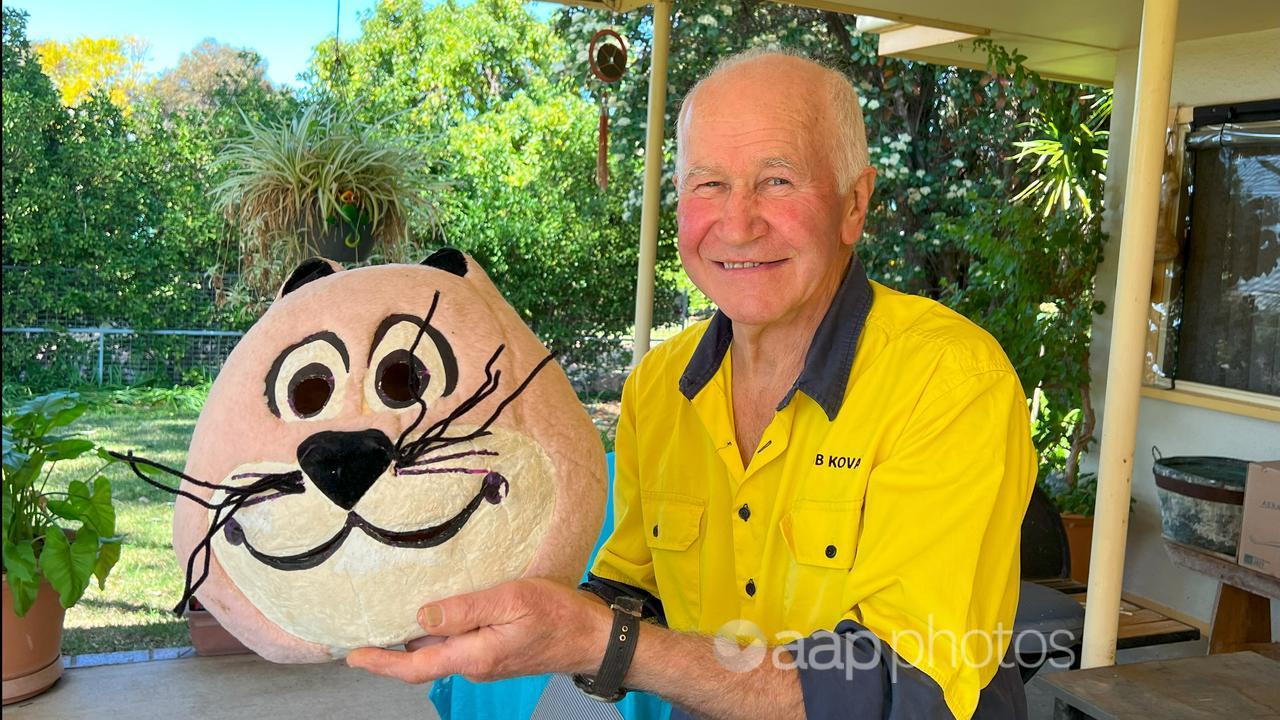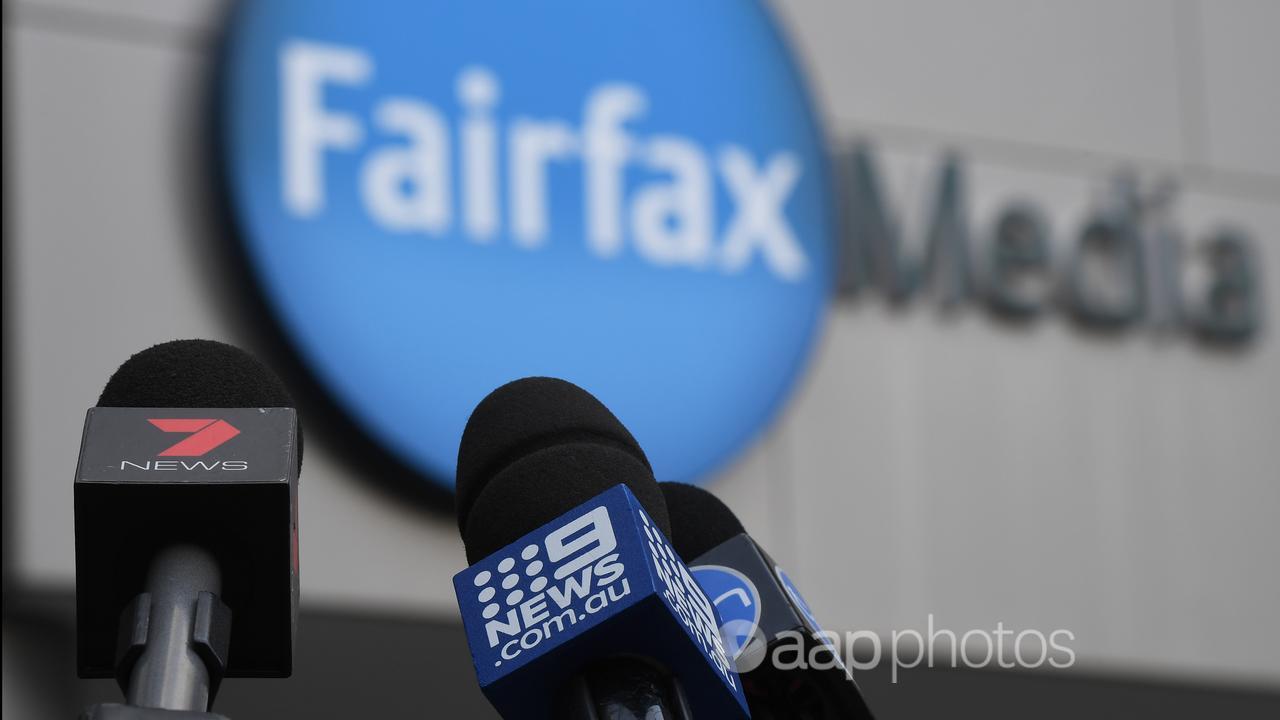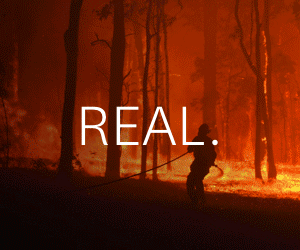Bob Kovac can vividly remember the day electricity was switched on for the first time at his family’s vineyard.
As a four-year-old he watched in awe as workers arrived in trucks and connected power lines to the house on the outskirts of Mildura, in northwest Victoria.
“All the bits of wire that came off the power lines, I would pick up and twist together to make my own power lines,” Mr Kovac told AAP.
That early fascination with technology led to work as a junior television technician at local station STV-8 in 1967.

Technicians dressed neatly in white shirts and ties in those days, as they manually spliced commercials and operated edit suites, cameras, audio and mixers.
“It was the full works, it was tough,” Mr Kovac said.
“But it was pretty exciting stuff.”
He oversaw much of the station, even occasionally donning the costume of children’s TV character Claude the Cat.
Mr Kovac ushered in a new era of television in 2010, when he switched off Mildura’s analog system for the first roll-out of digital services in regional Australia.
Mildura, a bustling rural city on the Murray River, has again made television history, but this time marking a potential decline.
More than 60,000 viewers in the Sunraysia district are unable to access Channel 10 on free-to-air TV after Mildura Digital Television closed at midnight on June 30.
It was a venture jointly-owned by WIN and Seven, but operated at a loss from its launch in 2006.
“While no one likes to see services decline in regional Australia, it does not make commercial sense to subsidise a signal which is not making any money,” WIN said in a statement.
The closure is a sign of things to come, peak industry body Free TV Australia’s chief executive Bridget Fair said.
“It’s clearly a sign that regional television services are under stress,” Ms Fair said.
“The fact that this has happened in one license area does flag that it potentially could happen in others.”
Regional broadcasters are on the back foot as they maintain expensive infrastructure for smaller populations with lower advertising revenue, Ms Fair said.

Commercial network executives wrote to the federal government asking for a moratorium on the broadcasting tax before the Mildura service shut down, opposition communications spokesman David Coleman said.
“Those executives said to the prime minister that the closure of Mildura shows that things are getting desperate for regional television,” Mr Coleman told parliament earlier this month, referring to the letter.
“They (said they) needed his assistance to keep the lights on.”
He said regional broadcasters are forced to pay a disproportionate amount of tax because they take up more airwaves to reach viewers across vast distances.
A Senate inquiry will examine the closure, along with the government’s legislation to grant Sunraysia residents access to the taxpayer-funded satellite television service VAST.
VAST is a safety net that allows eligible rural and remote Australians to watch free-to-air television on their own satellite dishes.
Mr Coleman panned the government’s move, saying Mildura audiences would have to pay up to $800 for a dish.
“Channel 10 has a lot of fantastic programming – no doubt – but how many people are going to pay $800 so they can watch Ready Steady Cook?”
Communications Minister Michelle Rowland said the government responded swiftly to the closure, which was foreshadowed years ago.
“I understand the matter was brought to the attention of the former minister for communications in the coalition government but he failed to engage on the matter,” Ms Rowland told parliament.
“If this is true, certainly, this is something that no doubt an inquiry … might bring to light and I welcome it.”
Use of free-to-air television continues to decline, as more Australians subscribe to streaming services or watch TV online, according to the government’s latest television and media survey.
The vast majority of Australians also access their news online.
Australian Community Media this week announced it would stop printing weekday papers in Bathurst, Dubbo and Orange, in central west NSW, in favour of digital news.
The Western Advocate, Daily Liberal and Central Western Daily will instead print expanded weekend editions.
The move builds on the success of digital subscriptions and meets the needs of modern audiences, ACM managing director Tony Kendall said.
Its smaller weekly papers in Oberon and Blayney will cease printed editions.

Victoria University screen media lecturer Marc C-Scott said while a shift to digital media improved access for some, there were barriers for others.
“Streaming requires internet access, so is that feasible in all of those regional areas?,” Dr C-Scott said.
“The demographic is also generally older … so it’s not easy to say to someone ‘just download the app and watch it on your Smart TV’.”
Back in Mildura, Mr Kovac predicted the decline of free-to-air in the regions long ago.
“The people that are going be disadvantaged are the pensioners, or people who can’t afford to view things, or haven’t got the knowledge,” he said.
At 76, he still works the odd shift as a contractor to help broadcasters with technical hiccups.
“It’s good fun, but my wife says I really need to give it up.”




















